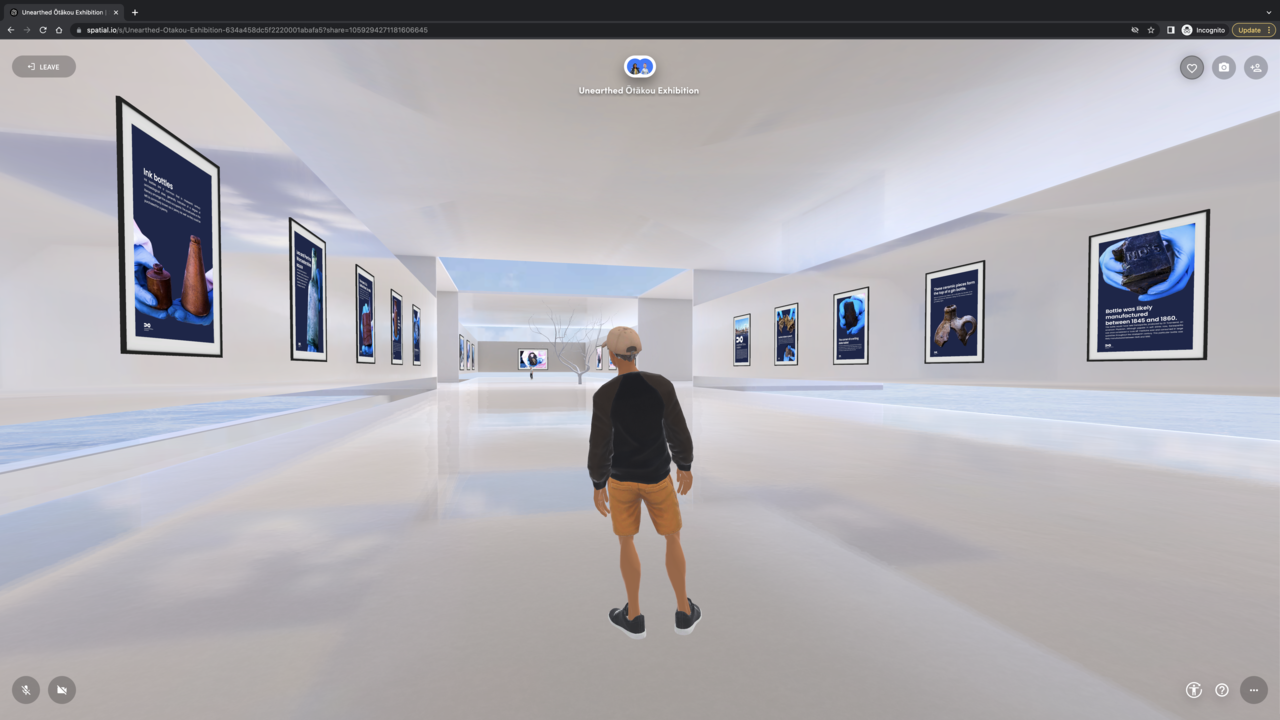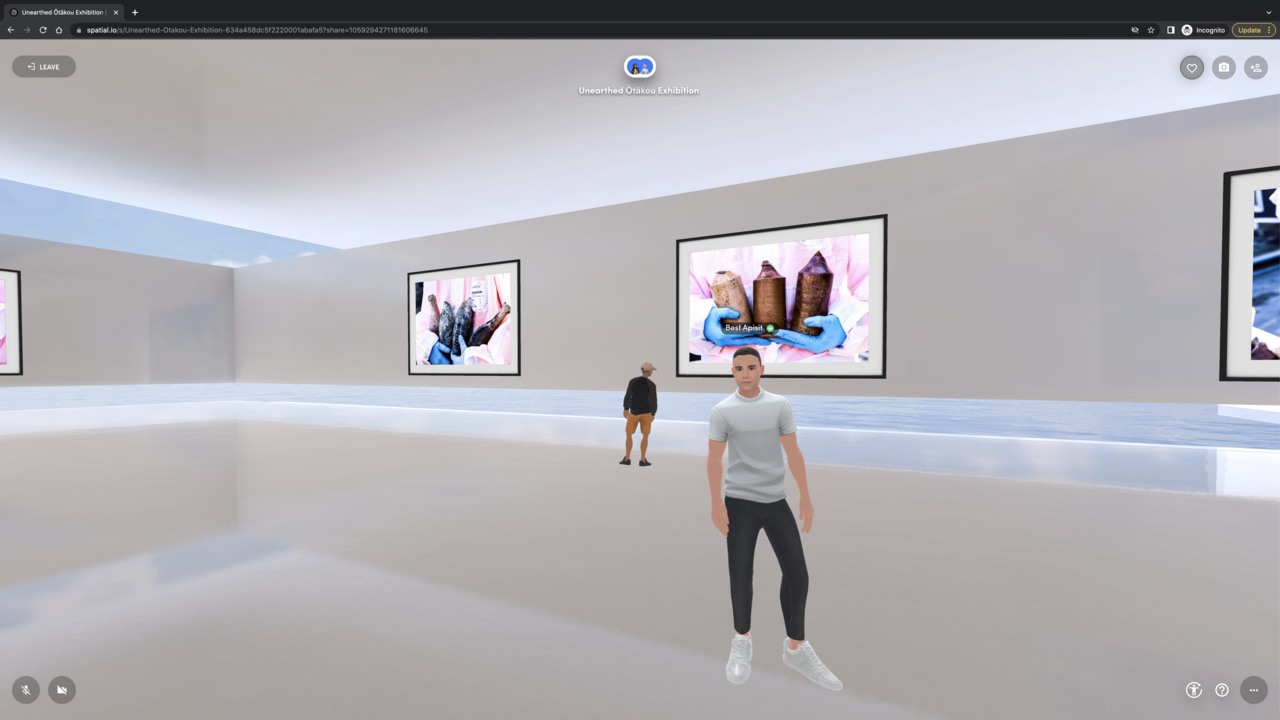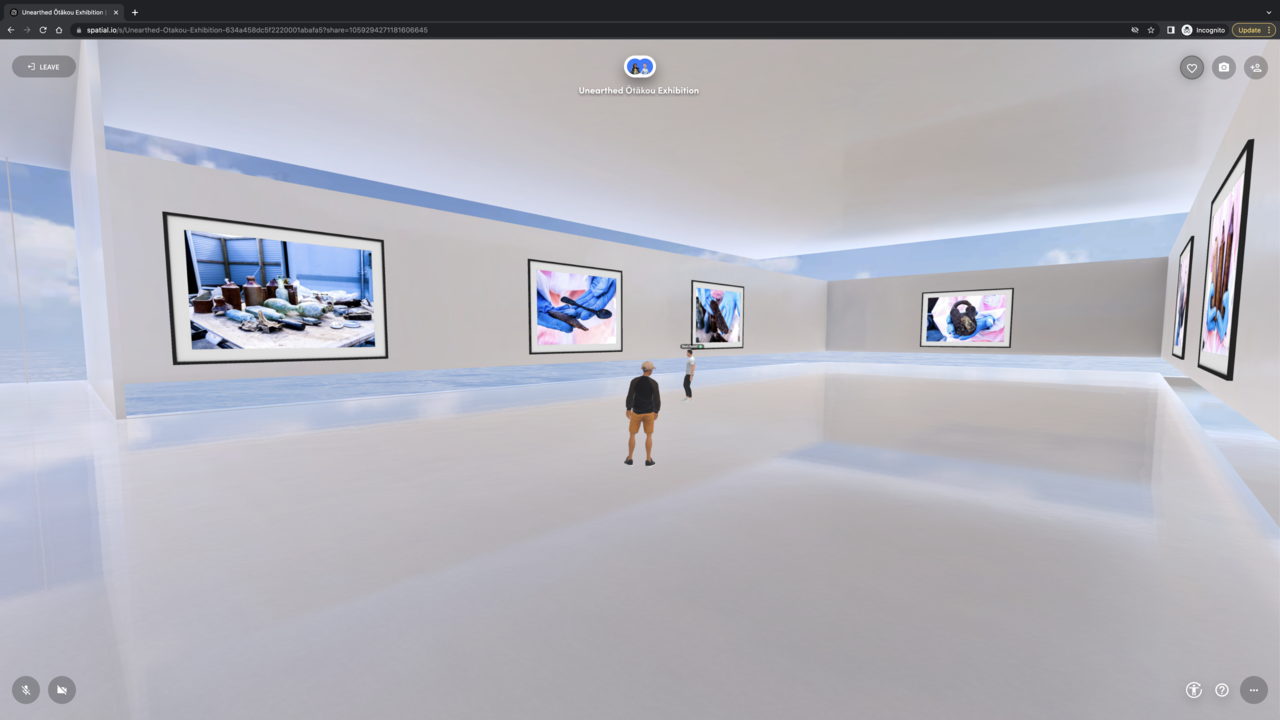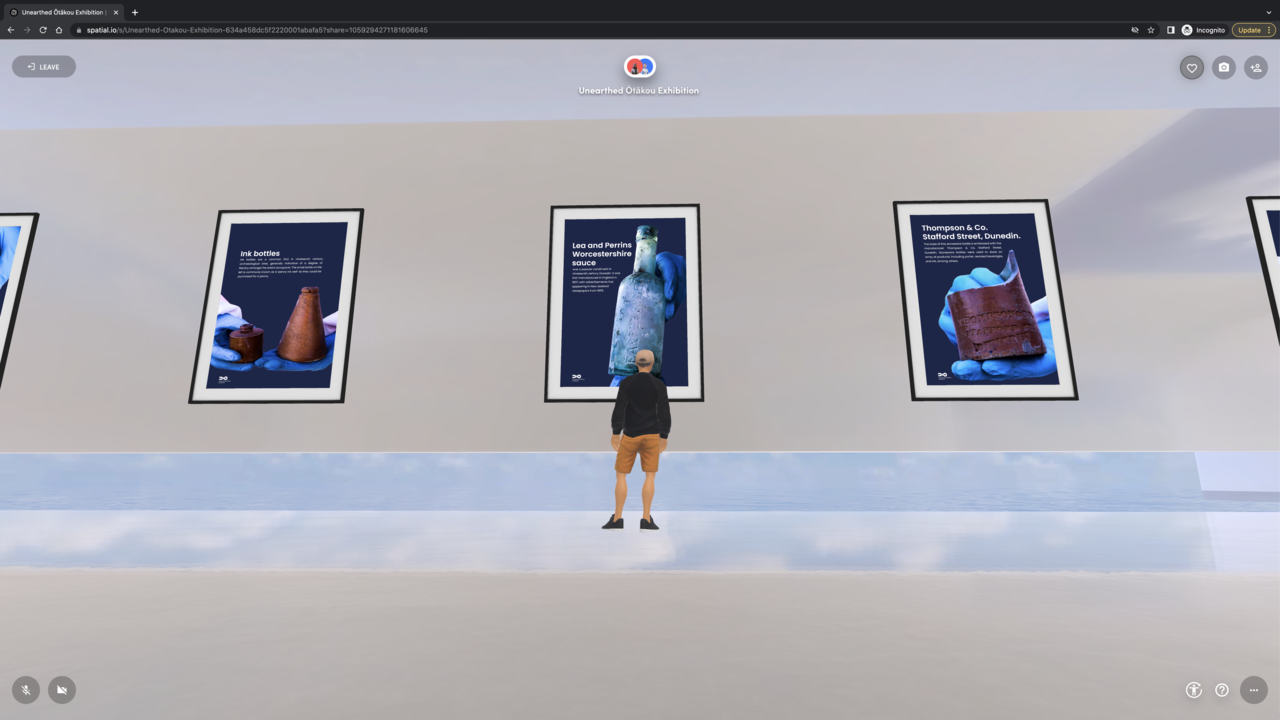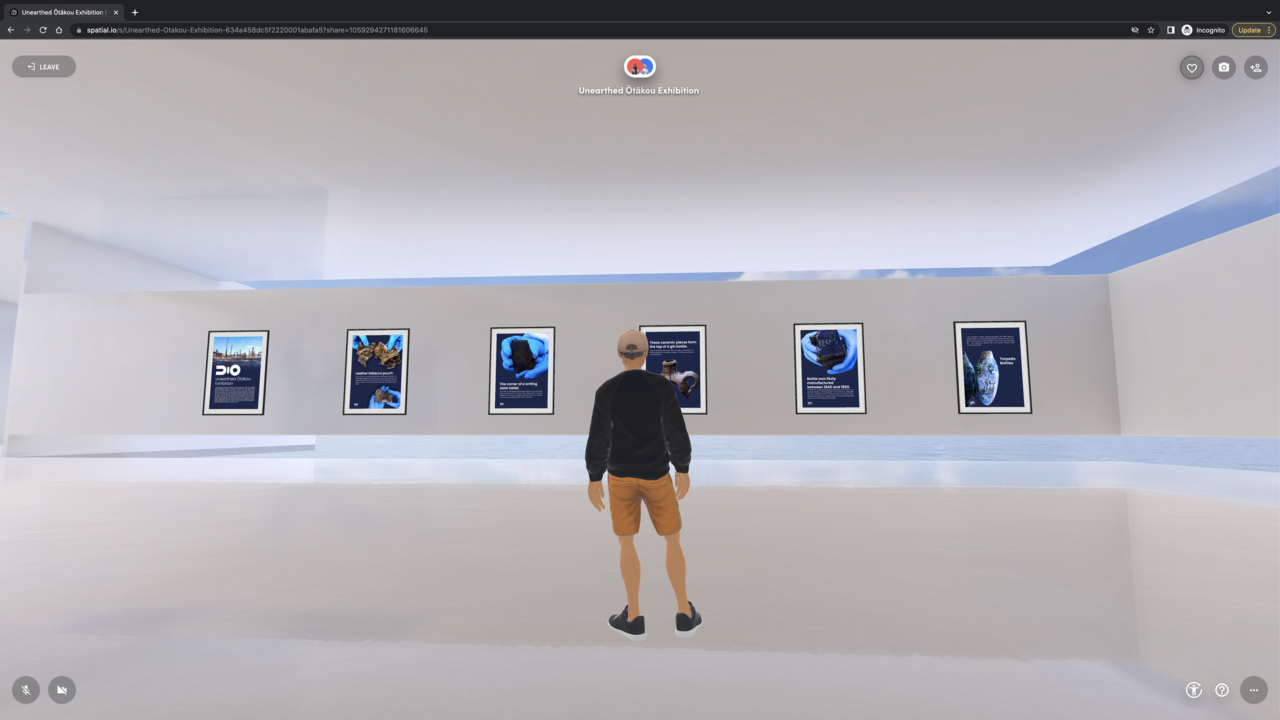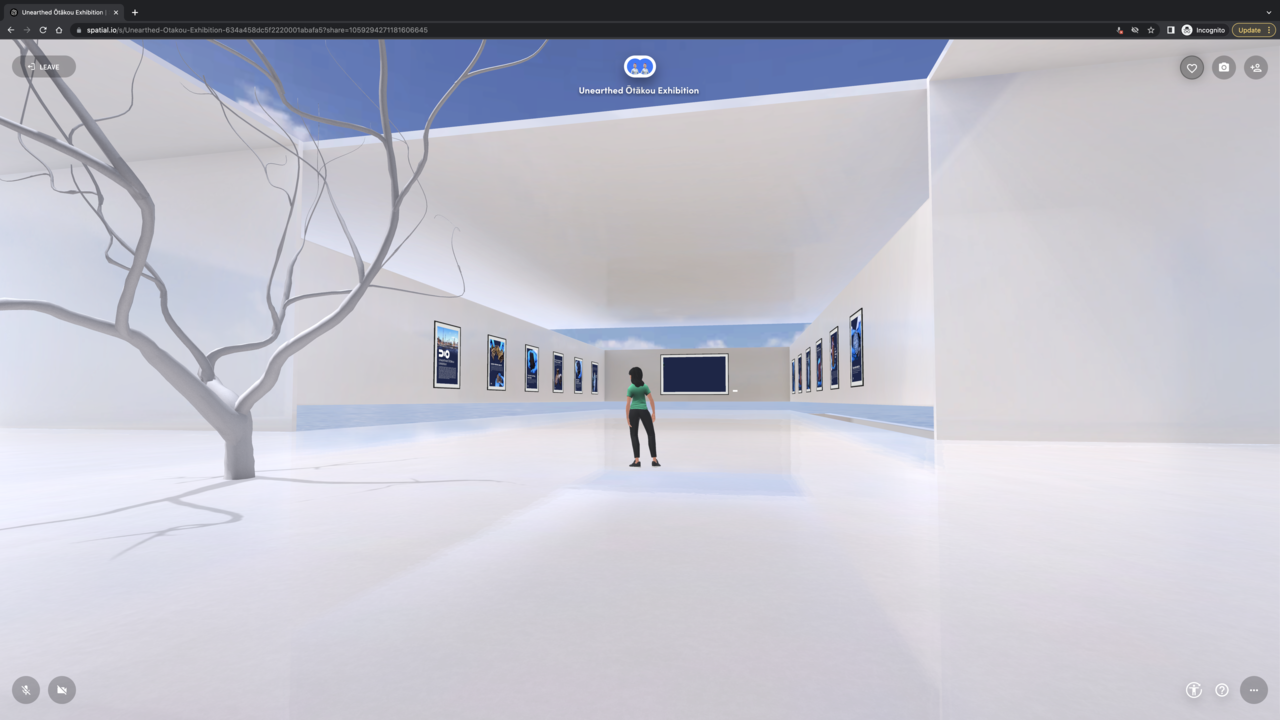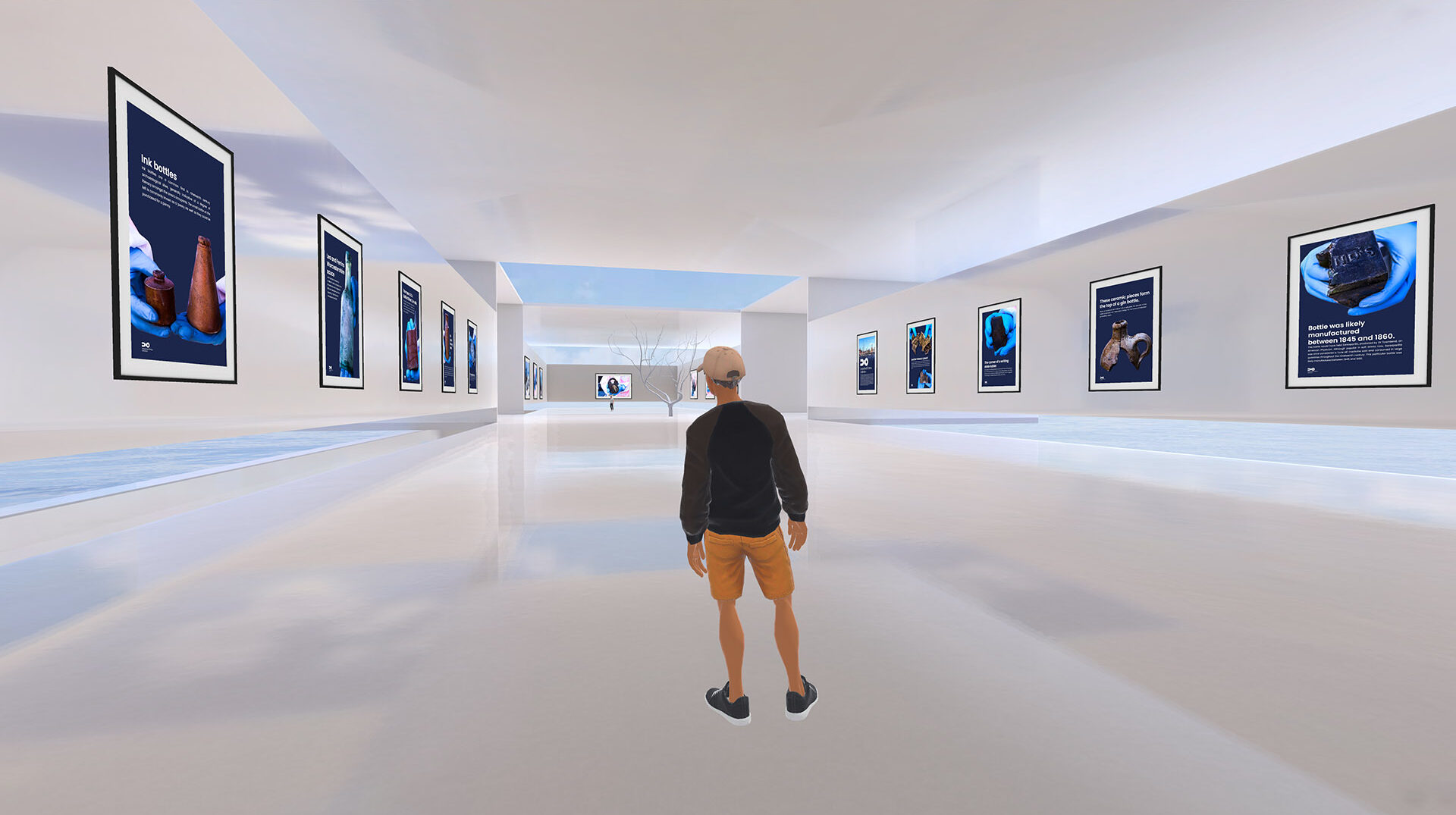
- Project: Internship Project
- Client: New Dundin Hospital
- Date: October 7, 2022
Unearthed Ōtākou Exhibition
Unearthed Ōtākou Exhibition, which showcases some of the archaeological finds from the New Dunedin Hospital site, was made by Otago Polytechnic design intern Best Apisit, with photographs by intern Tom de Silva and words from New Zealand Heritage Properties. The Unearthed Ōtakou exhibition was displayed in the Dunedin Hospital cafe for staff to see.

The Brief
This project was assigned by Kathryn van Beek.
Please display the artefacts in the cabinet in an interesting, informative and engaging way for staff.
(The archaeologists might have additional artefacts that we can use – we can ask them.)
You will need to:
– Get some info from the archaeologists
– Liaise with the cafe (I can help)
– Create a ‘look and feel’
You might want to:
– Make a poster
– Make digital screens
Consider the history of the site. It is reclaimed land (it used to be seashore) and was later a busy residential area where lots of working-class people lived. So there are lots of images to think about – seashells, bricks, old villa houses, old 1800s fashion…
You can be as creative as you like. The archaeologists know lots of interesting stories.
Some background research:
– Podcast with one of the archaeologists: Te Whatu Ora Southern Health – 10-08-2022
– Archaelogical discoveries on new Dunedin Hospital site (accessmedia.nz)
Their facebook page: New Zealand Heritage Properties – Home | Facebook
More info below
To get into the staff cafe you will probably need me and my card, so just let me know when you would like access.
The Research
As part of its building consent conditions the new Dunedin hospital project is obliged to meet a range of heritage requirements, which include allowing archaeologists access to the site and earthworks.
Several treasures were found during demolition of the buildings on the central city lots, including the log books of the former Cadbury factory.
Earthworks and piling have been under way for several weeks on what will eventually be the outpatient building, and the associated drilling has created dozens of test pits for archaeologists from contracted firm Heritage Properties Ltd to delve in to.
“Unfortunately the soil is contaminated so we have to be very careful,” principal archaeologist Naomi Woods said.
“But we have found a wide range of material and we are getting a nice sample of what the site was like.”
Heritage Properties Ltd will continue to explore the site as building requirements and safety issues permit; the firm will carry out a similar exercise when work begins on the inpatient building on the former Cadbury site.
That block, which is mostly reclaimed land, was almost always used for industrial purposes.
However, the northern site, formerly occupied by Wilson Parking and a range of small businesses, was largely residential, as historic photographs show.
“At one point this was one of the most densely populated blocks in Dunedin,” Dr Woods said.
“We have been able to access quite a lot of the site and it has given us quite a snapshot of the land; we have uncovered, I think, three stable blocks, and we are holding out hope that we might be able to confirm the location of some of the earliest European occupation on the site.”
Rubbish and lost items such as an 1830s coin and old bottles, have provided a range of dating evidence and helped create a picture of everyday life about 150 years ago.
Aiding the search is the fact that famed colonial photographers the Burton brothers took a range of photographs of central Dunedin in the 1870s.
Although many of the houses in the panoramas they shot of the Cumberland St/Castle St areas were demolished and upgraded by the turn of the century, their images combined with Dunedin City Council drainage and rates records mean archaeologists had a good idea of who actually lived in the long-gone properties they were excavating at certain points of their history.
“The year the photo was taken was, conveniently, the year they decided to list all the occupants: they stopped doing it after then,” Dr Woods said.
“A lot of the things we are finding are what we would find on other sites in Dunedin, but because we know who was there there is always the chance we might be able to find a personal item … we have found a pair of shoes with S W on the sole and we do have one person with the initials S W but they lived on the other side of the site in a different time period, so we are still looking for Mr S W.” (Treasures Help Map Life in Dunedin | Otago Daily Times Online News, 2022).

Unearthed Ōtakou Exhibition has been displayed at the Staff Cafe, Dunedin Hospital. I created the displays from photos by Tomas de Silva and information from New Zealand Heritage Properties team. My design and colour have to follow the Te Whatu Ora Branding. I use Adobe Photoshop for removing photos’s background and Adobe Illustrator for the rest of the display.

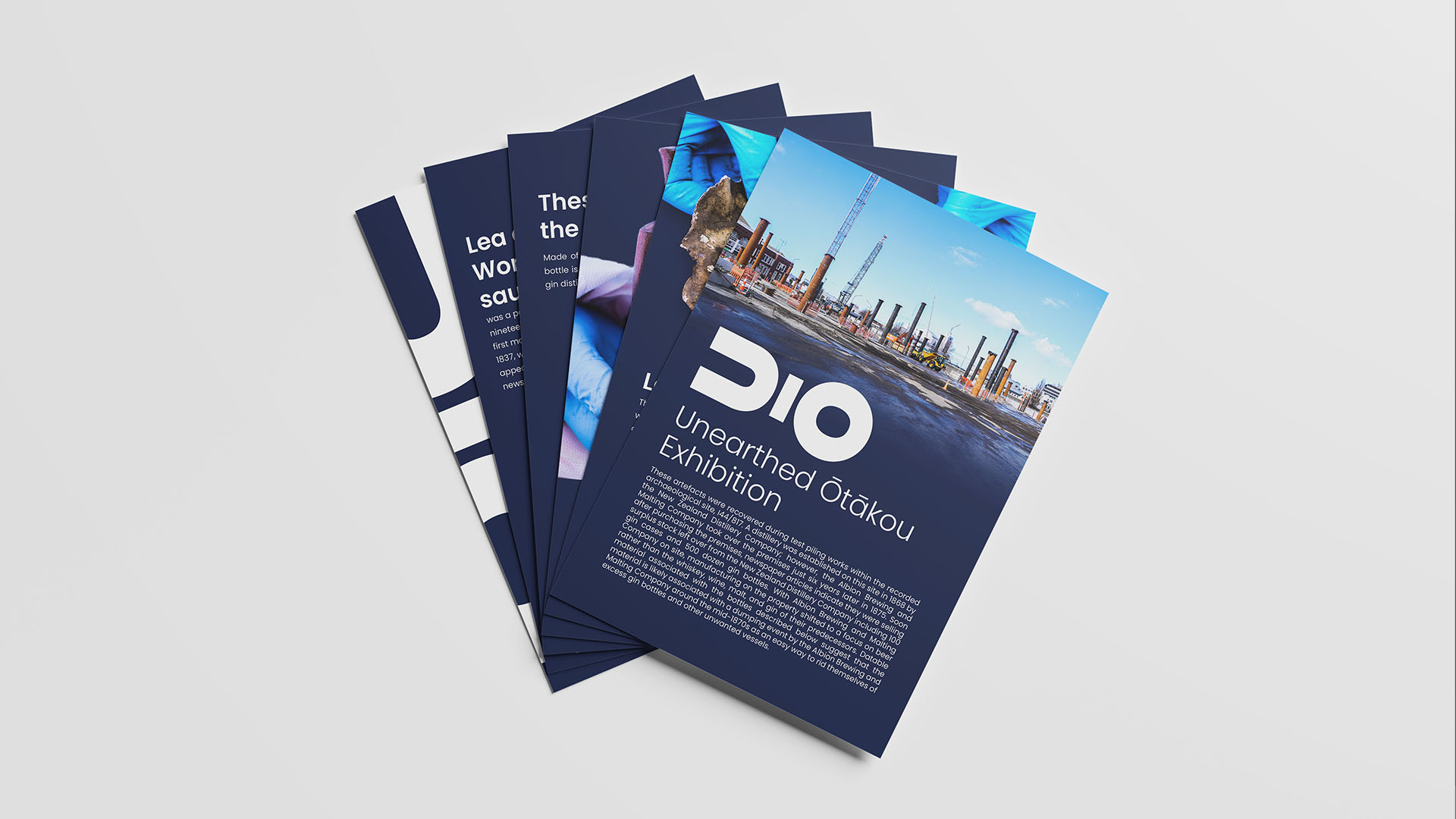
I created the display video for the Unearthed Ōtakou Exhibition. The video was creared in Adobe Photoshop to remove the background of the photos and transfer to Adobe Illustrator to add text and colour. Then, I have to use Adobe Premiere Pro to create the movement. Watch the video via the link or scan QR Code. https://www.youtube.com/ watch?v=nh7lS8IcMJ8

Unearthed Ōtākou Exhibition project that I designed for with Te WhatuOra Southern and New Zealand Heritage Properties. The displays were created from photos by Tomas de Silva and information by New Zealand Heritage Properties team.
You can take a tour of the Unearthed Ōtākou Exhibition via the link below or the exhibition at Staff Cafe, Dunedin Hospital. via the link or scan QR Code. https://bit.ly/3VsoG5g

